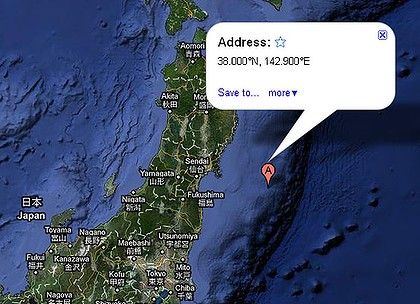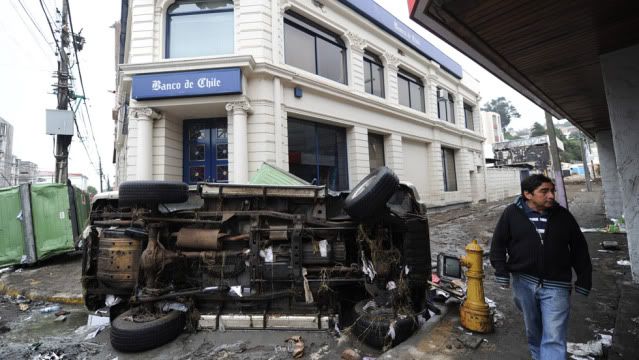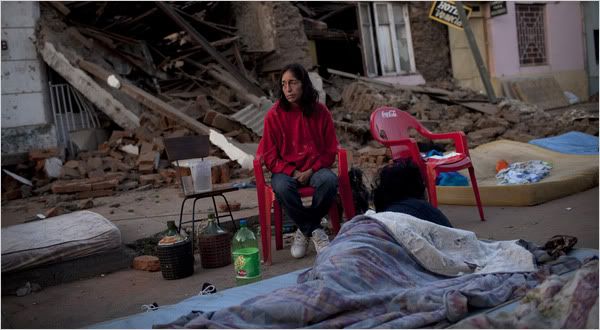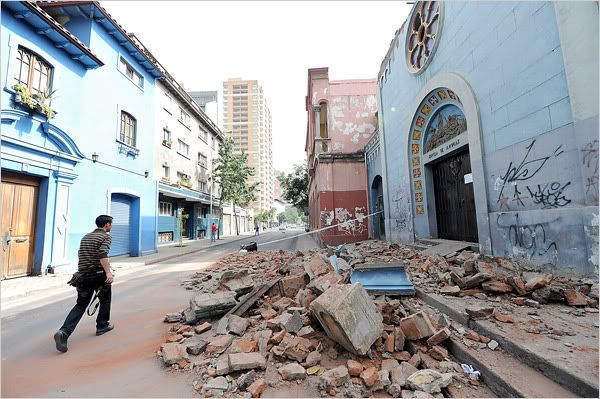On December 26, 2004 at 00:58:53 UTC an 9.3 earthquake deep in the Indian Ocean centered just off the Indonesian island of Sumatra, triggered a massive tsumani that wiped out the coast line of that island and effected 14 other nations in Southeast Asia and Africa. It is estimated to have killed over 250,000 people but the real death toll will never be truly known. It was still Christmas in New York City, when word started trickling in about the devastation.
Ten years later, much of Indonesia and the region has bounced back but for many the scars still remain and they still mourn.
People across Southeast Asia gathered along the shores of the Indian Ocean on Friday to mark the 10th anniversary of the devastating tsunami of 2004.
One of the deadliest natural disasters in modern history, it killed 230,000 people and displaced millions in 12 countries.
Services were held to remember the dead in countries including Indonesia, Thailand, India and Sri Lanka. Moments of silence were planned in several locations to mark the exact time the tsunami hit.
“I cannot forget the smell of the air, the water at that time … even after 10 years,” Teuku Ahmad Salman said at a prayer service attended by thousands of people in Banda Aceh, Indonesia.
Sobbing, the 51-year-old said: “I cannot forget how I lost hold of my wife, my kids, my house.”
He said he refused to believe for years that his family had died, but eventually gave up looking for them.
There are some excellent before and after pictures in this article by Margaret Munro in the National Post:
Huge waves washing boats, vehicles, trees and bodies up streets and hillsides. Desperate parents and families searching for children and relatives who had been swept away. Heart-breaking images of missing tourists, last seen smiling under sunny skies and palm trees.
The Boxing Day tsunami off the Indonesian coast of Sumatra on Dec. 26, 2004 was one of the world’s worst disasters.
A magnitude 9.1 earthquake had unzipped a 1,300-kilometre subduction zone, heaving the sea floor and generating killer waves that took almost a quarter of a million lives (more than 230,000) in 14 countries.
Scientists knew the quake had occurred – it was picked up on seismographs half a world away – and suspected a tsunami was racing across the Indian Ocean. But there was no effective way to warn communities so people could head to higher ground, even though in some regions it took hours for the giant waves to arrive.



 This is just coming in now that a
This is just coming in now that a 


